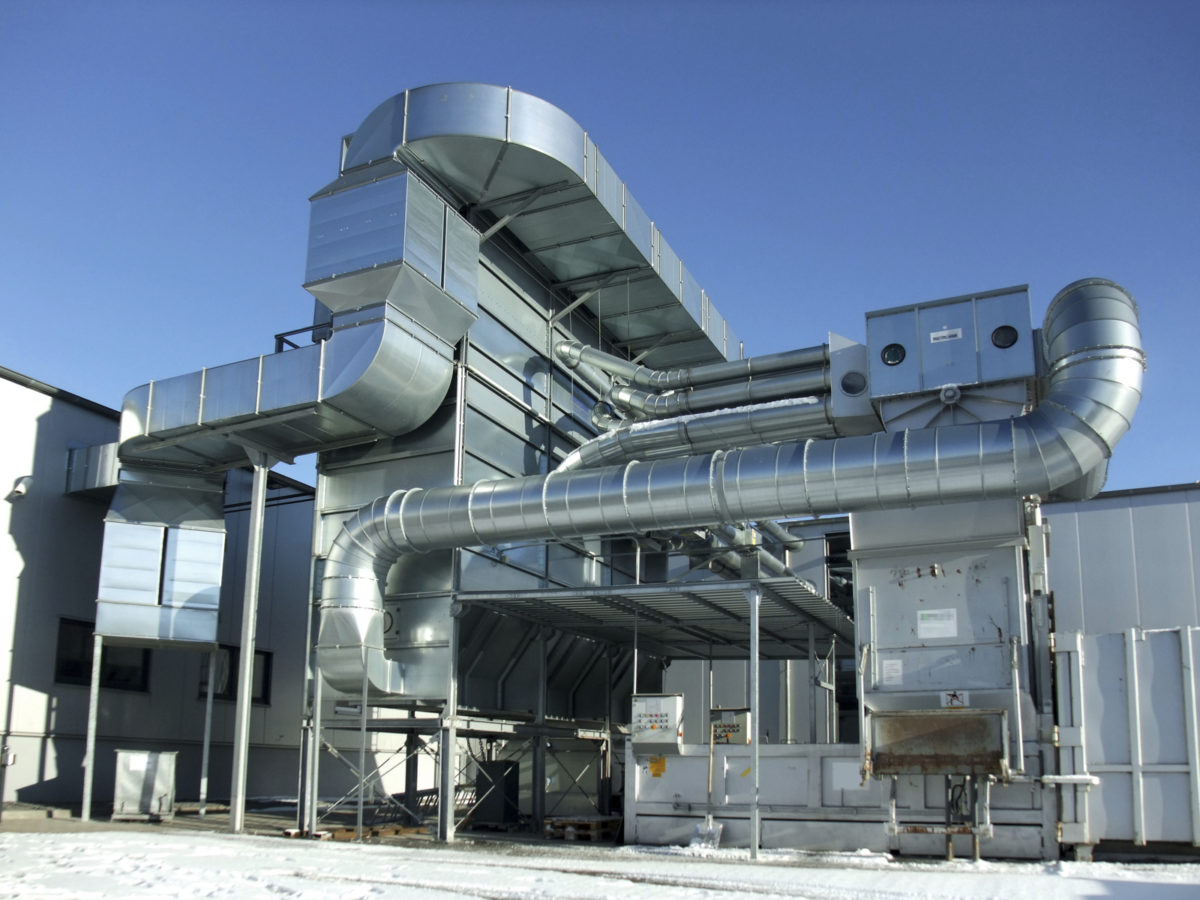Exploring the Two Types of Mechanical Ventilation: A Comprehensive Guide
Mechanical ventilation plays a crucial role in supporting patients with respiratory failure or compromised lung function. It involves the use of specialized devices to assist or replace the natural breathing process. In this blog post, we will delve into the two primary types of mechanical ventilation, their applications, and the key differences between them.
- Positive Pressure Ventilation:
Positive pressure ventilation is the most commonly used form of mechanical ventilation. It involves delivering air or oxygen to the patient's lungs under positive pressure, which helps to inflate the lungs and facilitate gas exchange. There are two subtypes of positive pressure ventilation: a. Volume-Controlled Ventilation:
In volume-controlled ventilation, a predetermined volume of air is delivered to the patient's lungs with each breath. This mode is particularly useful in patients with normal or near-normal lung compliance. It ensures a consistent tidal volume, making it easier to monitor and adjust ventilation parameters. b. Pressure-Controlled Ventilation:
Pressure-controlled ventilation focuses on maintaining a constant pressure during the inspiratory phase. This mode is often preferred for patients with acute respiratory distress syndrome (ARDS) or those with reduced lung compliance. By limiting the peak inspiratory pressure, it helps prevent lung injury and barotrauma. - Negative Pressure Ventilation:
While less commonly used today, negative pressure ventilation was historically a significant method of mechanical ventilation. It involves creating a negative pressure around the chest or body, which induces passive inspiration by expanding the thoracic cavity. Negative pressure ventilation can be achieved through two approaches: a. Iron Lung (Tank Ventilation):
The iron lung, also known as tank ventilation, encloses the patient's entire body, except for the head, within a negative pressure chamber. As the chamber expands and contracts, it creates pressure changes that facilitate breathing. This method was widely used during the polio epidemic in the early 20th century. b. Diaphragm Pacing:
Diaphragm pacing involves the surgical implantation of electrodes on the diaphragm, which are connected to an external pacing device. The device stimulates the diaphragm to contract, creating negative pressure and initiating inspiration. Diaphragm pacing is primarily used in patients with spinal cord injuries affecting respiratory muscle function.
Conclusion:
Understanding the two types of mechanical ventilation, positive pressure ventilation and negative pressure ventilation, is essential for healthcare professionals involved in critical care. While positive pressure ventilation is the predominant method used today, negative pressure ventilation has historical significance and specific applications. By tailoring the ventilation approach to individual patient needs, healthcare providers can optimize respiratory support and improve patient outcomes.

Post Comment